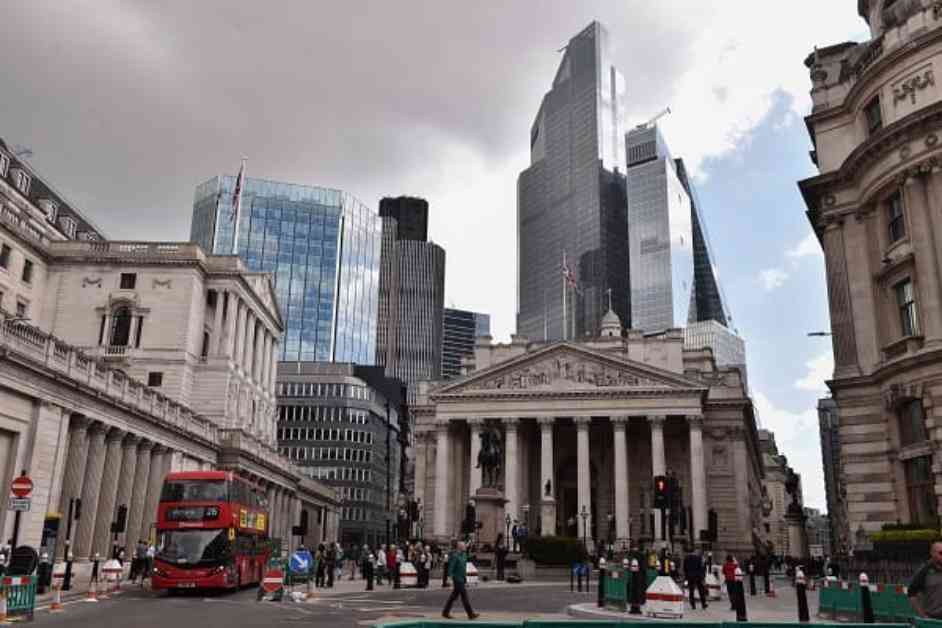The global economy is showing signs of recovery, according to the latest Interim Economic Outlook from the OECD. Despite significant risks, including geopolitical tensions and potential disruptions in financial markets, the overall outlook is positive. With declining inflation and strengthening trade growth, the global economy is projected to grow at a resilient rate of 3.2% in both 2024 and 2025, following a growth rate of 3.1% in 2023.
Inflation is expected to decrease in most G20 economies, with headline inflation projected to ease to 5.4% in 2024 and 3.3% in 2025, down from 6.1% in 2023. Core inflation in the G20 advanced economies is also expected to decrease to 2.7% in 2024 and 2.1% in 2025. These projections are revisions from the May 2024 Economic Outlook.
The United States is projected to see a slowdown in GDP growth, with rates of 2.6% in 2024 and 1.6% in 2025. However, this slowdown is expected to be cushioned by monetary policy easing. In the euro area, growth is projected at 0.7% in 2024, increasing to 1.3% in 2025, supported by real income recovery and improved credit availability. China’s growth is expected to ease to 4.9% in 2024 and 4.5% in 2025, with policy stimulus balancing subdued consumer demand and corrections in the real estate sector.
OECD Secretary-General Mathias Cormann stated, “The global economy is starting to turn the corner, with declining inflation and robust trade growth. At 3.2%, we expect global growth to remain resilient both in 2024 and 2025.” He emphasized the importance of prudent monetary policy and decisive fiscal action to support growth and opportunities.
Despite the positive outlook, there are risks that could impact the global economy. Tight monetary policy may have a larger impact on demand than expected, and deviations from the expected inflation path could disrupt financial markets. Geopolitical tensions and trade conflicts, such as Russia’s aggression against Ukraine and conflicts in the Middle East, could push up inflation and weigh on global activity. However, there are potential upsides, such as wage growth boosting consumer confidence and lower oil prices aiding disinflation.
As inflation moderates and labor market pressures ease, monetary policy rate cuts should continue, with a data-dependent approach to ensure sustainable containment of inflationary pressures. Rebuilding fiscal space is essential to prepare for future shocks and spending pressures, including investments in digital transformation and climate transition. Fiscal policy should focus on containing spending growth and optimizing revenues, with credible medium-term adjustment paths to stabilize debt burdens.
OECD Chief Economist Álvaro Santos Pereira emphasized the need for governments to prioritize structural reforms to promote open markets and healthy competitive dynamics. Product market reforms are crucial for stimulating growth, especially in the face of sluggish productivity growth and limited fiscal space.
Overall, the global economy is on a positive trajectory, with declining inflation and robust trade growth driving resilience. While risks remain, prudent monetary and fiscal policies, along with structural reforms, will be key to sustaining growth and opportunities in the years ahead.












